Activity Stream
Posts Activity Stream
-
-
Please save if possible, document if not. I'd be interested in the trigear parts also. Would like to convert my taildragger to trigear. I dont have a grass runway and the taildragger is a real handful.
-
I checked, I do have the 2" single puck Cleveland's.
Ed, I am interested in your double puck brakes. How much would you need for 'em?
Ed you mentioned that I would probably need different discs, what would you suggest?
Thanks Randy and Chris. Am I screwing up going with 26" tires? I want to be able to land just about anywhere. I thought that 26" would be plenty big, but I have seen guys talking about 29" and 30" being great! Let me know what you guys think.
Thanks again,
Ron
-
I guess I just have a hard time dragging around that extra weight for no other reason than the idea that it might get used some day. For some reason I just don't like it. Call it a personal flaw

Not sure if I could get it out of there in a very usable condition. I could try. I'd be happy to document the geometry of the thing, and wall thicknesses though so that someone could re-create it from new tubing though.
Just for reference, here is a picture of my plane in the front. Sorry I don't have a better picture right now. My daughter recently stepped on my camera, and it doesn't work now. Need to get a new one.
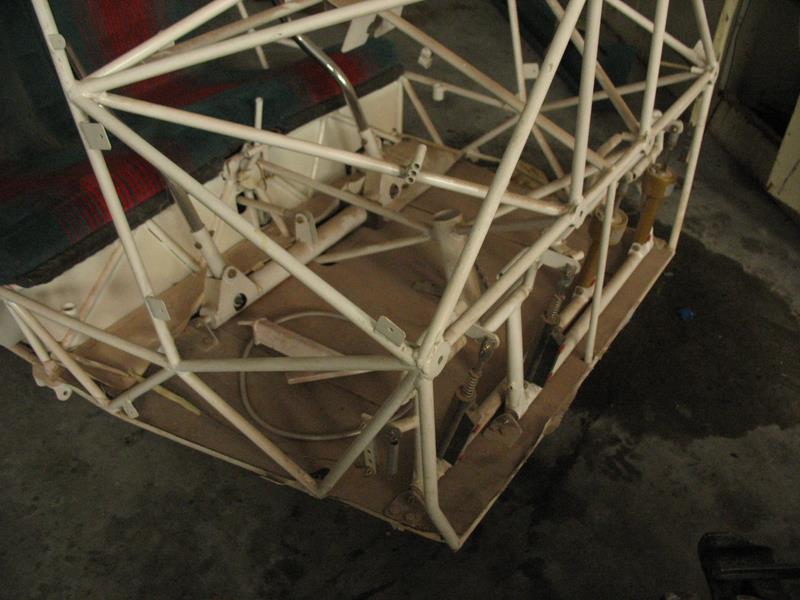
Here is a picture from a recent thread showing a taildragger.
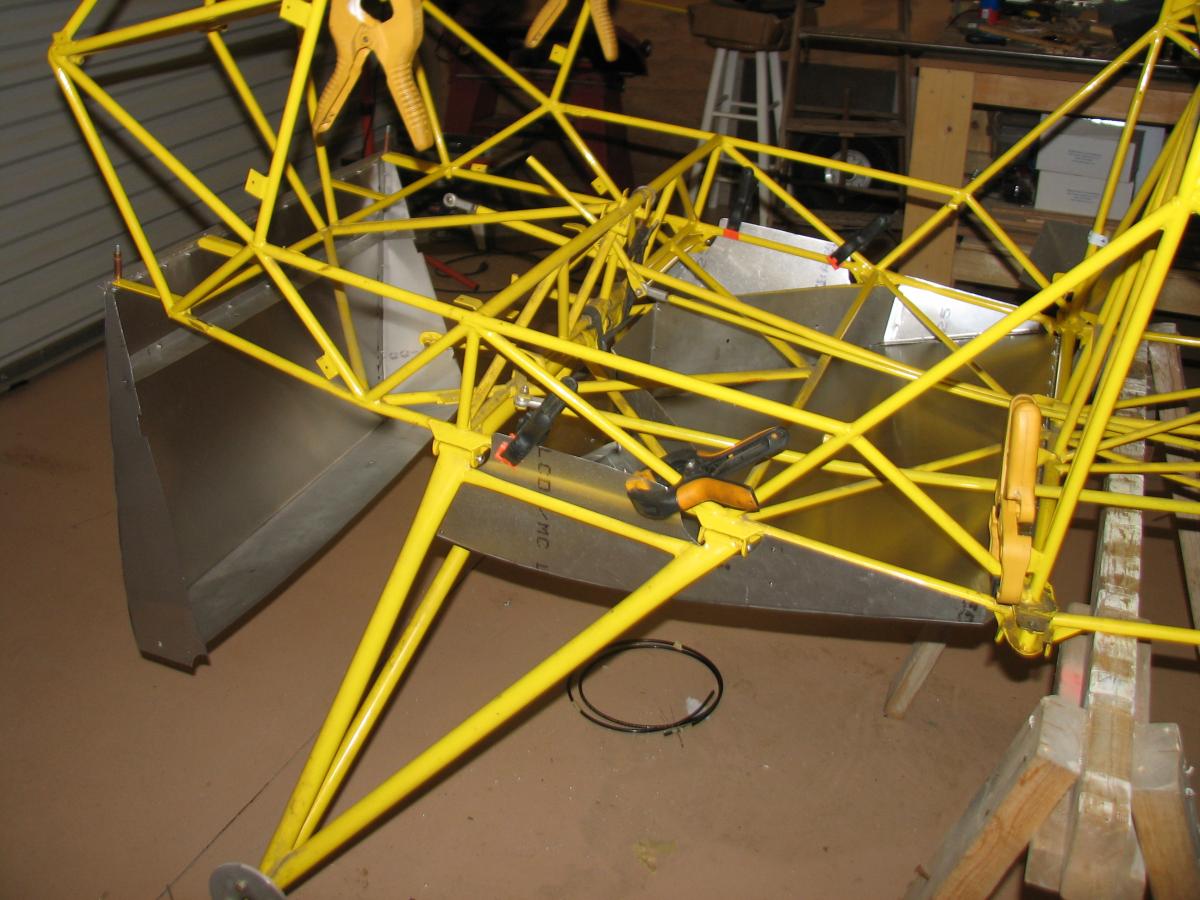
-
Cutting out the sub assembly is not difficult and will cut unnecessary weight off the front of the plane. If you are careful and neat while cutting, the sub assembly can be sold to someone who wants it.
I don't remember if replacement tubes will be needed to be welded back in or not, but this too would be very easy.
I say go for it.
-
Like having one guy push up and pull down on wing while the other works the controls? I don't have a wind tunnel!
EDMO
-
You might want to make sure it is still useable, since there are guys looking for the nose gear and mount. But, IMO, you are lessening the resale value of your plane for no reason. Why not kept it convertible?
EDMO
-
Sorry Ed, I missed that. Binding would be a big concern with that setup. Maybe some type of test jig to test for binding in different load conditions could be helpful.
-
I'm waiting on wing parts right now, so I thought I would work on something else. My Plane has the front mount for the trike gear. Has anyone removed this, and switched it to the tail dragger only style structure? Anything to watch out for? I'm about ready to remove it and put in the proper tubes to replace it, but thought I'd ask first.
Thanks,
Luke D.
-
Luke,
Thanks for the Post - I have been thru the modules of elasticity bit so many times it hurts.
I got my ideas from the old WW2 German planes, which had flaperons and split ailerons/flaps, which Steve Wittman also copied with the tailwind controls.
My worries about flexing were not concerned about loads, but about stiffness of the steel being more than the aluminum, and this part has to flex with the wing, as the flaperons do.
Almost positive that I will go with the aluminum tube with a heavier wall.
For torque, the shortness of the ailerons, being out of the prop blast, will probably not be as much, and certainly not more than the full-length flaperons, since about all they have to do is control the roll of the plane.
The most torque pressure will be on the flap portions, and that will be a 1 1/2 inch aluminum tube - lots stronger than the flaperon tubes.
Every time I get worried about design and building, I go to the big-screen TV and put the tape in about the early flying machines and the crazy things that they tried to fly with, and convince myself that I am maybe not that stupid!

EDMO
-
BTW - that is the hangar in California I picked it up from. My hangar isn't neat and pristine, but it isn't full of garbage (although I wish I'd snagged that set of floats on the back wall).
Mark
-
-
Let's have it on the main show ground. At the seaplane base everybody eats and leaves. If its hot you can not stand it in those trees. This way it might be easier for more people to attend.
-
Hi Ed,Since no engineers have answered, I'll add my 2 cents.Disclaimer: I'm not an engineer. I did take 2 years of engineering classes when I was younger, so I picked up some basic concepts, but it was almost 20 years ago. I also think engineering is very interesting. Hopefully a qualified engineer will chime in though.Anyway, I found this link using google:If you scroll down to "Example - Shear Stress and Angular Deflection in a Hollow Cylinder", you can see how to calculate the maximum stress, and angular deflection for a hollow shaft. There is also a link on that page to shear modulas numbers for various materials. You can use google to find more.I also found an online calculator that does the math for you:You'll need to know the Ultimate Shear Stress (USS) for the material you are using. For steels, I think it's 60% of Ultimate Tensile Strength (UTS). You want to make sure that the calculations above don't put more stress on the part then the material used can handle. You'll also want to use some factor of safety.You mentioned flexing, so I assume you mean angular deflection. Long shafts can flex out of alignment, but that's more difficult to model, and if your torque tube is supported at multiple points it probably won't be an issue. Anyway, the example in the link above covers angular deflection.To me, the most difficult part of these kinds of problems is not determining if a part is strong enough to withstand a particular load, but determining what types of loads the part will experience, and how severe. I guess that's kind of the art of engineering. How strong should a bicycle frame be? How high of a jump will a kid take it off of?The load on your torque tube could be a fair amount different than the load on a stock flaperon. If it is connected to the aileron by a pushrod, the length of the arm on the torque tube and the length of the control horn will affect the torque in the tube. If your tube is directly driving the aileron (like a flaperon), it could still be different from the stock flaperon because the flaperon might be getting some aerodynamic balancing that the aileron is not. Also, differences in chord length would cause different loads.Basically, figuring out the loads is the hard part to me, calculating the stresses and deflections is easier. That's probably enough rambling. Hopefully that's at least a little helpful. Like Paul said, I'm not an aircraft designer. My brother happens to be a civil engineer, so at least on structural problems, I can have him double check stuff I do, and he can tell me if I'm on the right track or not.Luke D.Edit: I see you are running the aileron torque tube through the flap torque tube. Sounds like a Tailwind. Maybe you should see if you can have a look at a set of Tailwind plans. I think you can still buy them too. -
Paul,
It is probably over my head too - just trying to tread water - reading a lot of engineering and design stuff, but it don't cover everything. These are the pivot tubes - not push/pull - There are 5? support hinges total on flaps and ailerons - just like the flaperon hinges - the aileron tube runs thru bushings inside the flap tube. Guessing there is a lot of wing deflection in these birds, so aluminum may be more flexible and forgiving?
Thanks,
EDMO
-
I am no engineer ED but my other plane (Q2) uses aluminum for both the elevator and the ailerons. Have you made provisions for a mid-span support or will they only be supported at the ends only? I wonder what Just does with theirs or Rans on the S6 or S7. I have to admit aircraft design is over my head.
-
-
-
I bought 3/4 inch .035 wall 4130 tubing for my aileron pivot tubes - Now, I am beginning to question the wisdom of using steel tubing instead of thicker wall aluminum tubing. More concerned with the flexing than weight -
This is the same tube that spans the full length of your flaperons.
Anyone have some engineering type thoughts on that?
EDMO
-
Ron, I have a set of double-puck Cleveland calipers, and the heavy disks for sale. The calipers may need new O-rings and pads. You should have the heavy disks with the 2-puck brakes, they generate more heat.
EDMO
-
I was running 2 inch single puck Cleveland's on my Magnum and they would not stop ABW 29's effectively. I was in the process of looking for double pucks. If you have the big 2 inch puck singles they might work OK with 26's. I'd try it before getting something new. If you have smaller than 2 inch puck singles it probably wont be effective enough. But still, it is easy to try before switching!
-
I plan to be there all week, but those plans always seem to get modified, so I hate to commit to anything that would leave the group in a bind. If I'm there, I'll be in my camper also, and will be happy to help out anyway I can.
Mark
-
-
-
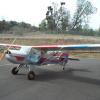
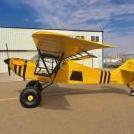
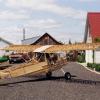
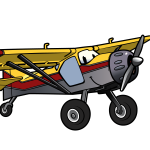
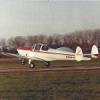
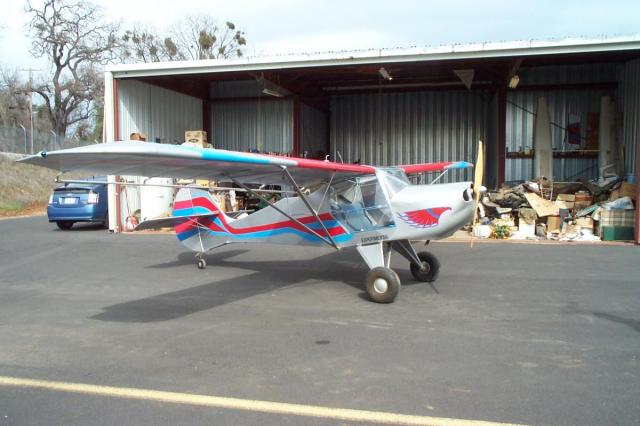

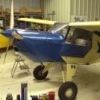

.jpg.4b33961872f0355d5e844f76433b74f3.thumb.jpg.9e3553a256b702f9ca668642dbf33570.jpg)
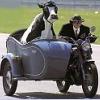
Brakes for use with ABW 26" tires
in Avid Flyer General Hangar
C5Engineer
Posted
Tires are never big enough! I think you will be fine on the 26s unless your doing a lot of rocky landings. Don't be afraid to air them down. It's night and day difference with the Nancos between 8 psi and 5.